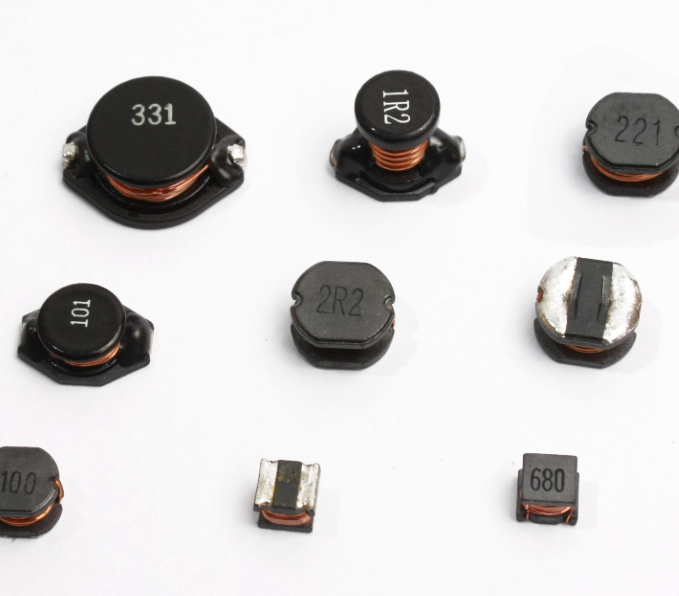Inductors, as foundational elements in electronic circuits, fulfill a spectrum of critical roles. Their primary functions span filtering, oscillation, delay, and notch, extending to signal screening, noise filtering, current stabilization, and electromagnetic interference suppression. These multifaceted roles render inductors vital in contemporary electronic equipment, particularly in ensuring signal stability and minimizing interference.
Central to their application is the LC filter circuit, a synergy of inductors and capacitors. Capacitors are characterized by "blocking DC and passing AC," while inductors do the opposite, adept at "passing DC and blocking AC." This collaborative dynamic allows the LC filter circuit to effectively sift and eliminate undesirable signals, a crucial aspect of circuit design.

In practical scenarios, consider DC power tainted with interference signals coursing through an LC filter circuit. Here, AC interference is transformed into heat by the inductor, a process of converting AC interference in DC into magnetic induction and thermal energy. Notably, high-frequency signals encounter heightened resistance from the inductor's impedance, thus efficiently curtailing high-frequency interference. This trait underscores the inductor's pivotal role in circuit design.
Inductors are proficient in blocking alternating current while seamlessly facilitating the flow of direct current. Intriguingly, this attribute intensifies with frequency; the coil's impedance rises in tandem with frequency. Hence, in a circuit, an inductor's chief role is to isolate AC signals, filter them, or form resonant circuits with components like capacitors and resistors. These varied functions illustrate the diversity and complexity of inductors in electronic circuits, essential for crafting efficient and reliable electronic systems.
